Home>diy>Architecture & Design>How To Repair A Design House Bathroom Faucet That Is Leaking
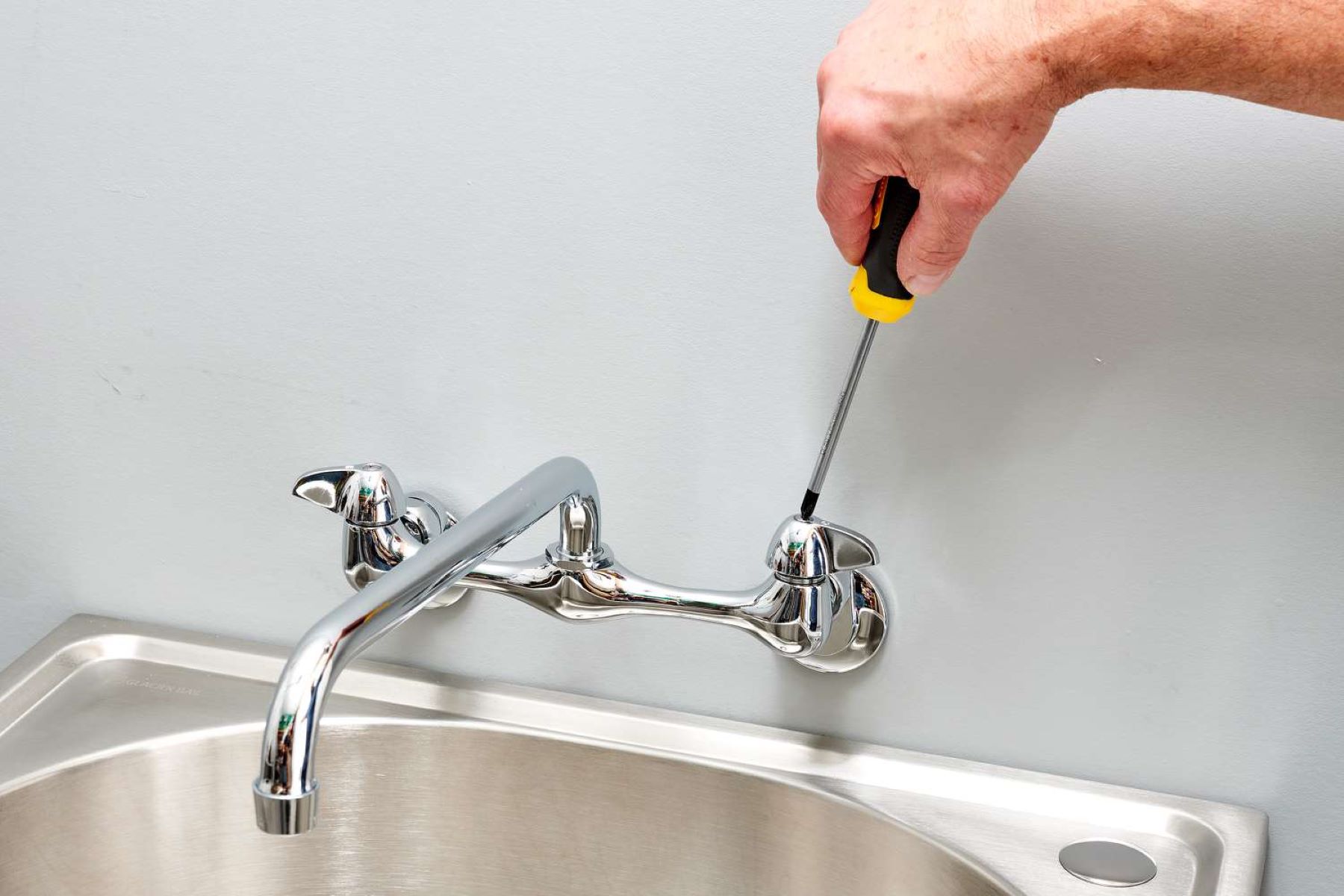

Architecture & Design
How To Repair A Design House Bathroom Faucet That Is Leaking
Modified: August 17, 2024
Learn how to fix a leaking bathroom faucet in your design house. Find step-by-step instructions and tips on repairing architecture-design faucets.
(Many of the links in this article redirect to a specific reviewed product. Your purchase of these products through affiliate links helps to generate commission for Storables.com, at no extra cost. Learn more)
Introduction
Welcome to our comprehensive guide on how to repair a design house bathroom faucet that is leaking. A leaking faucet can be a frustrating issue, causing water wastage and potential damage to your bathroom. However, with the right tools and a little know-how, you can easily fix the problem yourself and save money on calling a plumber. In this article, we will walk you through the step-by-step process of repairing a leaking design house bathroom faucet.
Design house faucets are known for their sleek and stylish designs, but like any other faucet, they can develop leaks over time. The most common cause of a leaking faucet is worn-out components, such as O-rings or cartridges, which can deteriorate due to regular use or sediment buildup. By following our guide, you will learn how to identify the source of the leak and replace the necessary parts to restore your design house bathroom faucet to its former glory.
Before we delve into the repair process, it’s important to gather the necessary tools and materials. This will ensure that you have everything you need to successfully complete the repair without any interruptions. Let’s take a look at the essential tools and materials you’ll need:
Key Takeaways:
- Repairing a leaking design house bathroom faucet is a manageable DIY task with the right tools and materials. By following the step-by-step guide, you can identify, inspect, and replace components to restore your faucet’s functionality and save on plumber costs.
- Regular maintenance and prompt repairs are crucial for extending the lifespan of your design house bathroom faucet. By addressing leaks and worn-out parts promptly, you can prevent water wastage and keep your faucet in optimal working condition for years to come.
Read more: How To Fix Leaking Faucet In Bathroom Sink
Tools and Materials Needed
Before you begin repairing your design house bathroom faucet, make sure you have the following tools and materials on hand:
- Adjustable wrench
- Screwdrivers (Phillips and flathead)
- Allen wrench
- Replacement O-rings and cartridge
- Plumber’s tape
- Towel or rag
The adjustable wrench will be used to disconnect the water supply lines, while the screwdrivers will be needed to remove the faucet handle and other components. The Allen wrench may also be necessary for certain faucet designs, so it’s good to have one available.
Next, you’ll need to have the replacement O-rings and cartridge. These parts are typically specific to the design house faucet model you have, so it’s recommended to purchase the correct parts beforehand. You can usually find them at your local hardware store or order them online.
Lastly, make sure you have plumber’s tape and a towel or rag. Plumber’s tape will help create a tighter seal when reassembling the faucet, preventing any potential leaks. The towel or rag will come in handy for wiping away any water or debris during the repair process.
Having these tools and materials ready will ensure a smooth and efficient faucet repair. Now that you have everything you need, let’s proceed to the step-by-step process of fixing your leaking design house bathroom faucet.
Step 1: Shut off the Water Supply
The first step in repairing a design house bathroom faucet that is leaking is to shut off the water supply to the faucet. This is crucial to prevent any water flow while you work on the faucet, minimizing the risk of water damage or accidents.
Start by locating the water shut-off valves under the sink. These valves are usually located on the hot and cold water supply lines connected to the faucet. Turn the valves clockwise to shut off the water supply. If there are no individual shut-off valves, you may need to shut off the main water supply to your house.
Once you’ve shut off the water supply, turn on the faucet to release any remaining water pressure. This will help you work with a dry and manageable faucet during the repair process.
It’s important to note that shutting off the water supply may affect other water fixtures in your home. Inform other household members about the temporary water shut-off to avoid any inconvenience. Now that the water supply is turned off, we can move on to the next step.
Step 2: Remove the Faucet Handle
With the water supply shut off, it’s time to remove the faucet handle to access the internal components of the design house bathroom faucet. Here’s how to do it:
- Look for a small screw either on the top or side of the faucet handle. This screw is usually hidden under a decorative cap or cover, so you may need to gently pry it off with a flathead screwdriver.
- Once you locate the screw, use the appropriate screwdriver (Phillips or flathead) to remove it by turning it counterclockwise.
- With the screw removed, carefully grip the faucet handle and pull it straight out. Depending on the faucet model, you may need to wiggle it gently to loosen it before pulling it off.
Removing the faucet handle will expose the cartridge, which is the main component responsible for controlling the water flow. Before inspecting the cartridge, it is recommended to place a towel or rag over the sink to catch any water that may drip during the process.
Each design house faucet model may have a slightly different handle removal process, so refer to the manufacturer’s instructions if you encounter any difficulties. Once the handle is removed, you can proceed to the next step of inspecting the cartridge.
Step 3: Inspect the Cartridge
Now that you have removed the faucet handle, it’s time to inspect the cartridge. The cartridge is the part of the design house bathroom faucet that controls the flow of hot and cold water. Over time, the cartridge can become worn out or damaged, leading to leaks. Here’s how to inspect it:
- Take a close look at the cartridge for any visible signs of wear or damage. Look for cracks, chips, or mineral buildup on the surface of the cartridge. These issues can interfere with the proper functioning of the faucet and cause leaks.
- Check the rubber O-rings on the cartridge. O-rings create a watertight seal and prevent leaks. If the O-rings are cracked, torn, or deteriorated, they will need to be replaced. Ensure you have the correct replacement O-rings on hand.
- Inspect the cartridge housing for any debris or sediment. Use a clean cloth or brush to remove any buildup, as this can also affect the performance of the faucet.
In some cases, the cartridge may need to be replaced entirely if it is severely damaged or worn out. If you believe the cartridge is the source of the leak, refer to the manufacturer’s instructions or consult a plumbing professional for guidance on finding the correct replacement cartridge for your specific design house faucet model.
Once you have thoroughly inspected the cartridge and made note of any necessary replacements, it’s time to move on to the next step of replacing the O-rings.
Check the faucet’s O-rings and washers for wear and tear. Replace them if necessary to stop the leak.
Read more: How To Fix A Leaking Tub Faucet
Step 4: Replace the O-Rings
Now that you have inspected the cartridge and identified any worn or damaged O-rings, it’s time to replace them. The O-rings create a tight seal within the faucet, preventing leaks from occurring. Here’s how to replace the O-rings in your design house bathroom faucet:
- Start by removing the old O-rings from the cartridge. Gently pry them off using a small flathead screwdriver or your fingernail. Be careful not to damage the surface of the cartridge or any other components.
- Once the old O-rings are removed, take the new O-rings and apply a thin layer of plumber’s grease or silicone lubricant to them. This will help create a smooth and secure seal.
- Carefully slide the new O-rings onto the cartridge, making sure they fit snugly and are evenly distributed.
- If there are O-rings on other components of the faucet, such as the spout or the handle, inspect them for wear and replace them if necessary using the same process as described above.
Ensure that the new O-rings are properly seated and free of any twists or kinks. This will help ensure a secure seal and prevent future leaks from occurring. The lubricant will also aid in the proper functioning and longevity of the O-rings.
Once the new O-rings are in place, you can move on to the next step of reassembling the faucet handle.
Step 5: Reinstall the Faucet Handle
After replacing the O-rings, it’s time to reassemble and reinstall the faucet handle. Here’s a step-by-step guide to help you with the process:
- Take the faucet handle and align it with the cartridge stem. Gently push the handle onto the stem, making sure it fits securely.
- If there was a decorative cap or cover that you removed earlier, reattach it to the handle. Make sure it is properly aligned and snaps into place.
- Use the screw you removed earlier to secure the handle in place. Insert the screw into the handle and tighten it clockwise using the appropriate screwdriver.
Make sure not to overtighten the screw, as this can cause damage to the handle or cartridge. Tighten it until it is snug but still allows the handle to move smoothly.
Once the handle is securely reinstalled, test the faucet to ensure it operates properly. Turn on the water supply and gradually open the faucet to check for any leaks. If you notice any leaks, double-check the connections and tighten any loose parts as needed.
With the faucet handle successfully reinstalled, we are ready for the final step of turning on the water supply.
Step 6: Turn on the Water Supply
The final step in repairing your design house bathroom faucet is to turn on the water supply. This will allow water to flow through the faucet and ensure that the repairs you’ve made have successfully resolved the leaking issue. Here’s what you need to do:
- Start by ensuring that all the faucet components are securely tightened and reassembled.
- Now, go back to the shut-off valves under the sink and turn them counterclockwise to gradually restore the water supply.
- With the water supply back on, turn on the faucet and let the water flow for a few moments. This will help flush out any air or debris that may have accumulated during the repair process.
- Check the faucet for any leaks or drips. Inspect the connections, handles, and spout carefully to ensure everything is watertight.
If you notice any leaks, try tightening the connections a little more. If the leaks persist, you may need to disassemble the faucet again and double-check the O-rings and cartridge for any issues.
Once you’re satisfied that the faucet is no longer leaking, congratulations! You have successfully repaired your design house bathroom faucet.
Remember to regularly inspect and maintain your faucet to prevent future leaks. Promptly addressing any minor issues or replacing worn components can help extend the lifespan of your faucet and keep it in optimal working condition.
We hope this guide has been helpful in resolving your leaking design house bathroom faucet. If you have any further questions or need additional assistance, don’t hesitate to contact a professional plumber or refer to the manufacturer’s instructions for your specific faucet model.
Thank you for reading, and happy plumbing!
Conclusion
Repairing a leaking design house bathroom faucet doesn’t have to be a daunting task. With the right tools, materials, and knowledge, you can easily fix the issue yourself and restore your faucet to its full functionality. By following the step-by-step guide outlined in this article, you have learned how to identify the source of the leak, inspect and replace the necessary components, and successfully reassemble the faucet.
Regular maintenance and prompt repairs are essential for keeping your design house bathroom faucet in excellent condition. Checking for leaks, replacing worn-out parts, and addressing any issues as soon as they arise will help prolong the lifespan of your faucet and prevent any further damage or water wastage.
Remember to always shut off the water supply and exercise caution when working with plumbing fixtures. If you feel unsure or encounter any difficulties during the repair process, it is advisable to seek the assistance of a professional plumber who can guide you through the necessary steps or undertake the repair on your behalf.
We hope this comprehensive guide on how to repair a design house bathroom faucet that is leaking has been informative and helpful. By following these steps, you can save money on hiring a professional and gain the satisfaction of fixing the problem yourself. Remember to take your time, be patient, and don’t hesitate to seek further assistance if needed.
Thank you for reading, and may your design house bathroom faucet function flawlessly for years to come!
Frequently Asked Questions about How To Repair A Design House Bathroom Faucet That Is Leaking
Was this page helpful?
At Storables.com, we guarantee accurate and reliable information. Our content, validated by Expert Board Contributors, is crafted following stringent Editorial Policies. We're committed to providing you with well-researched, expert-backed insights for all your informational needs.
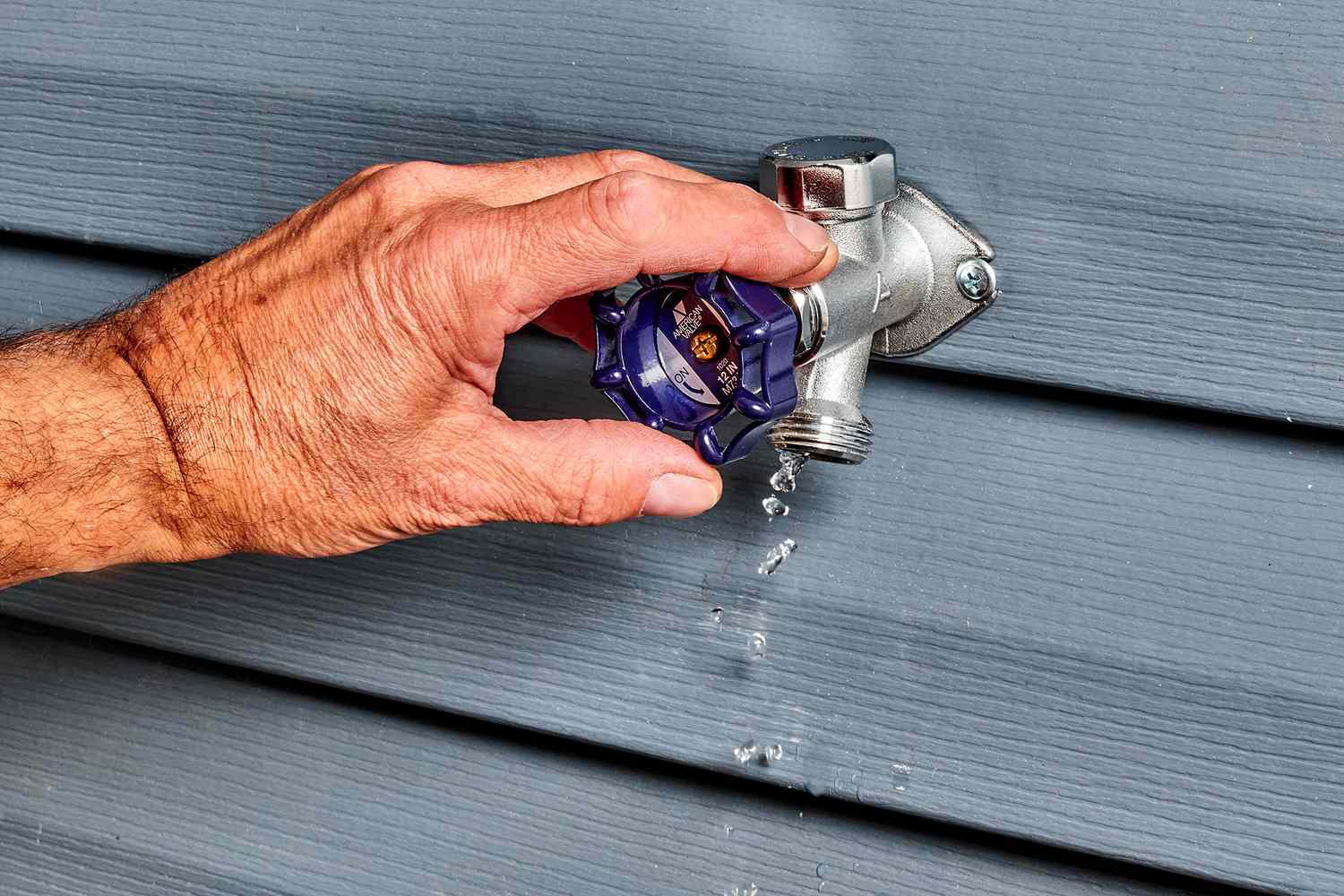
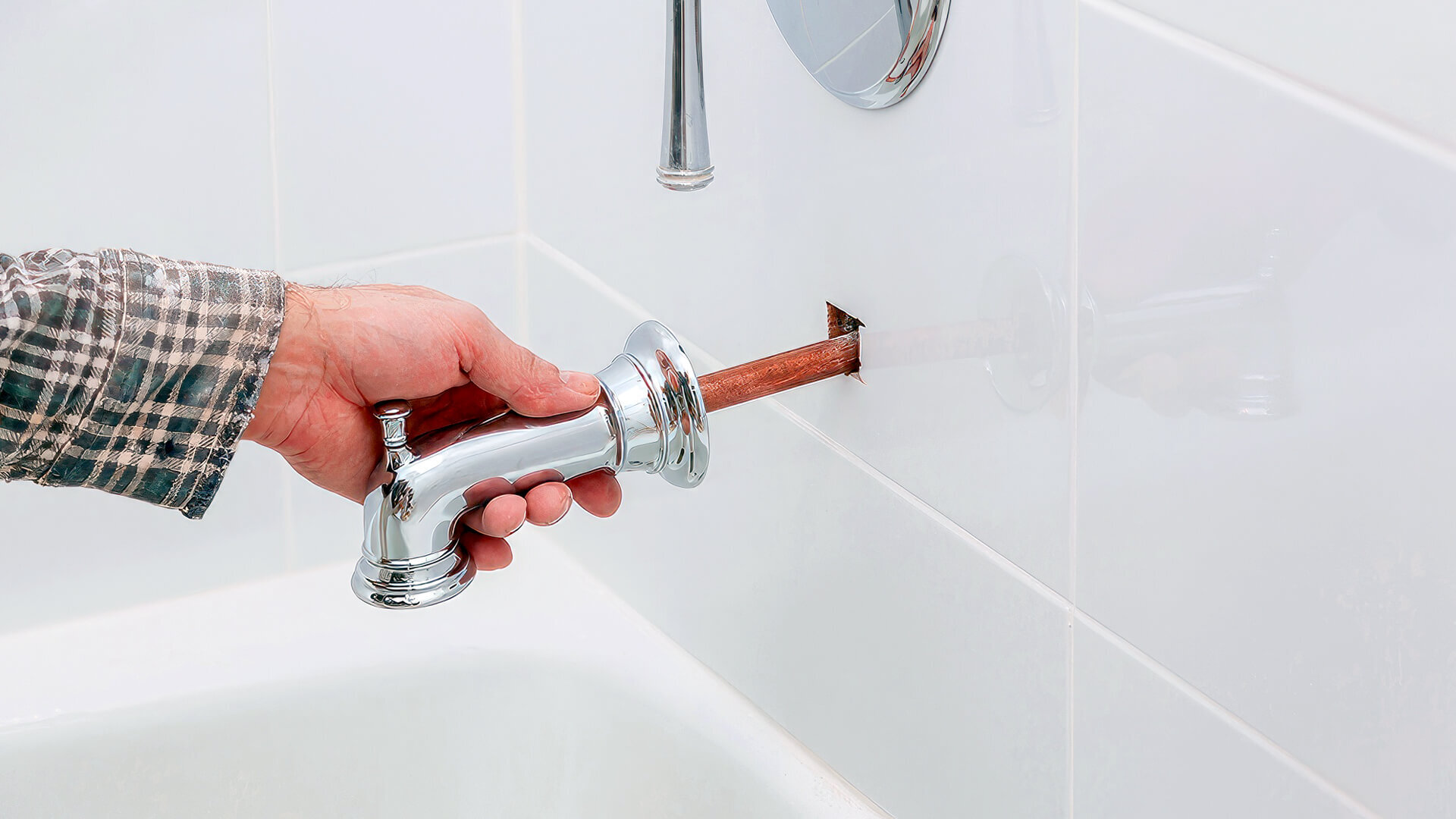
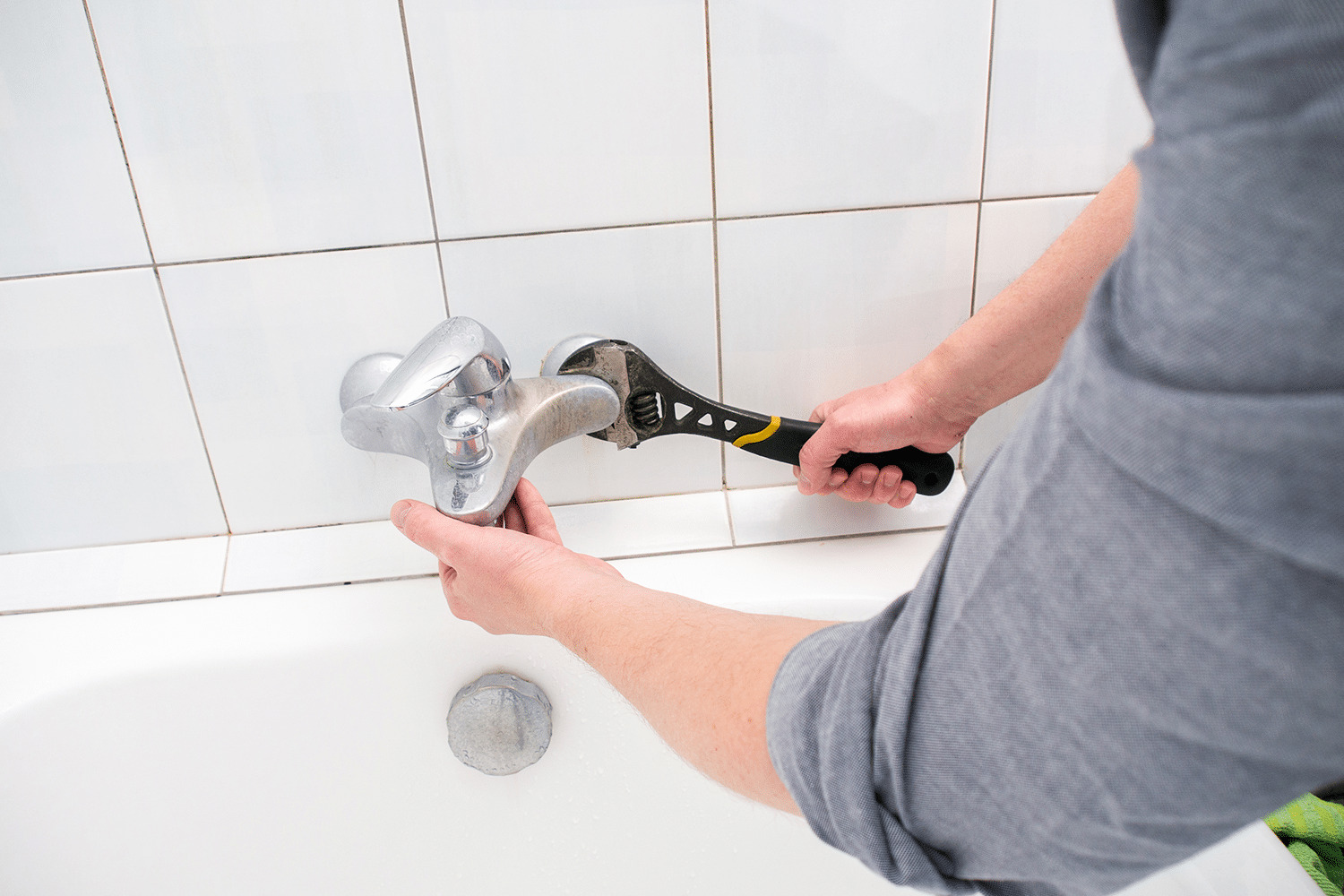
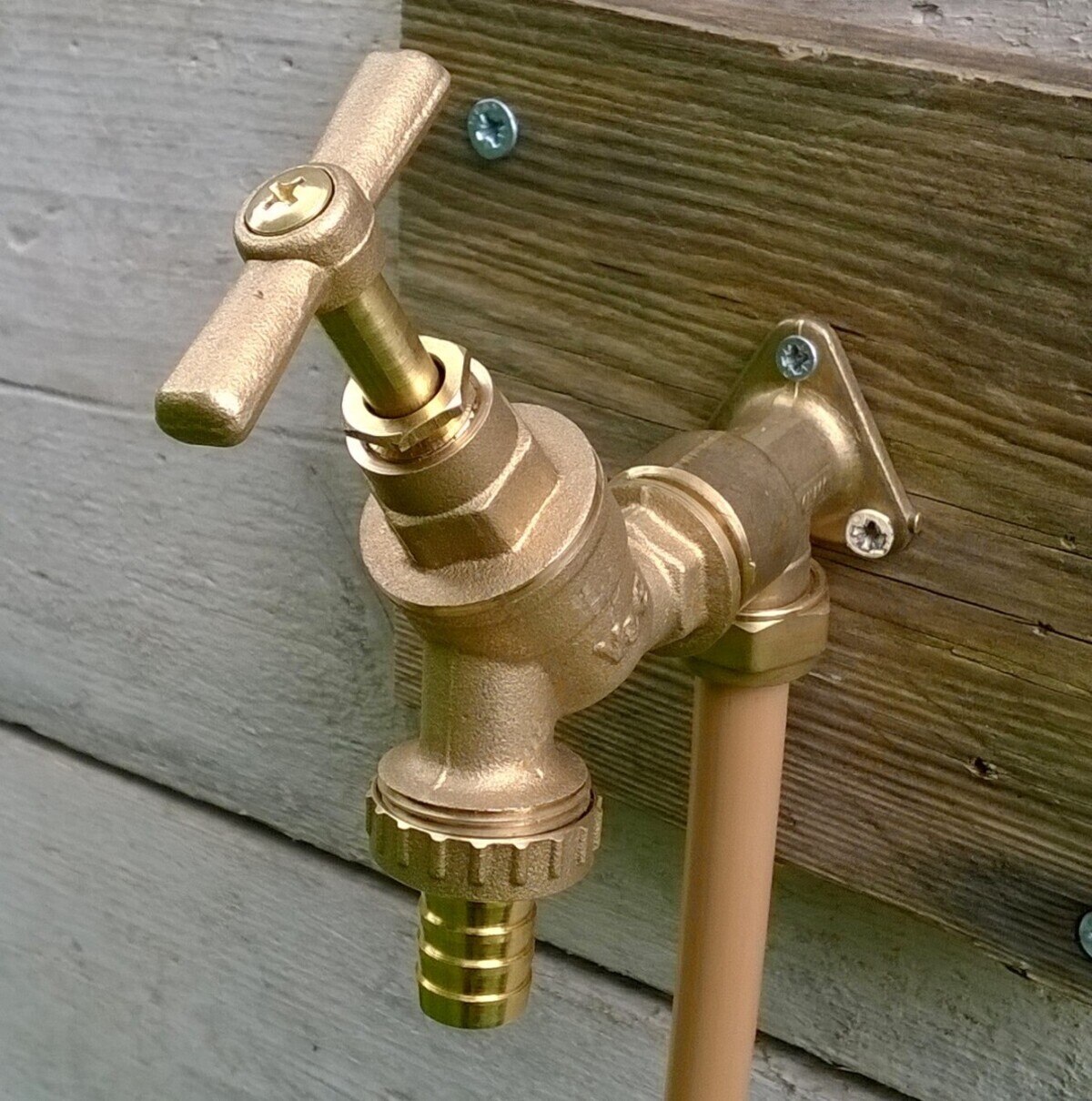
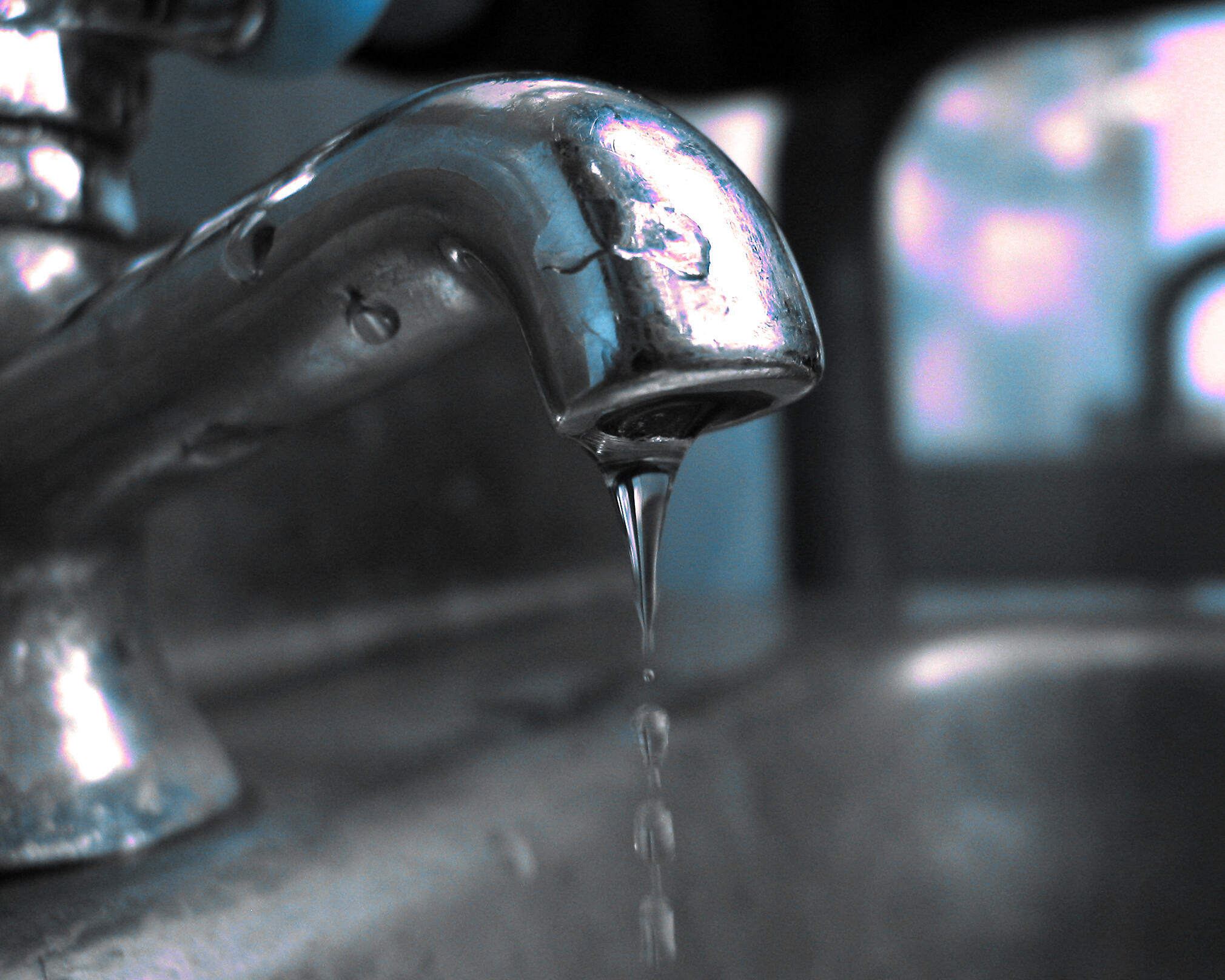
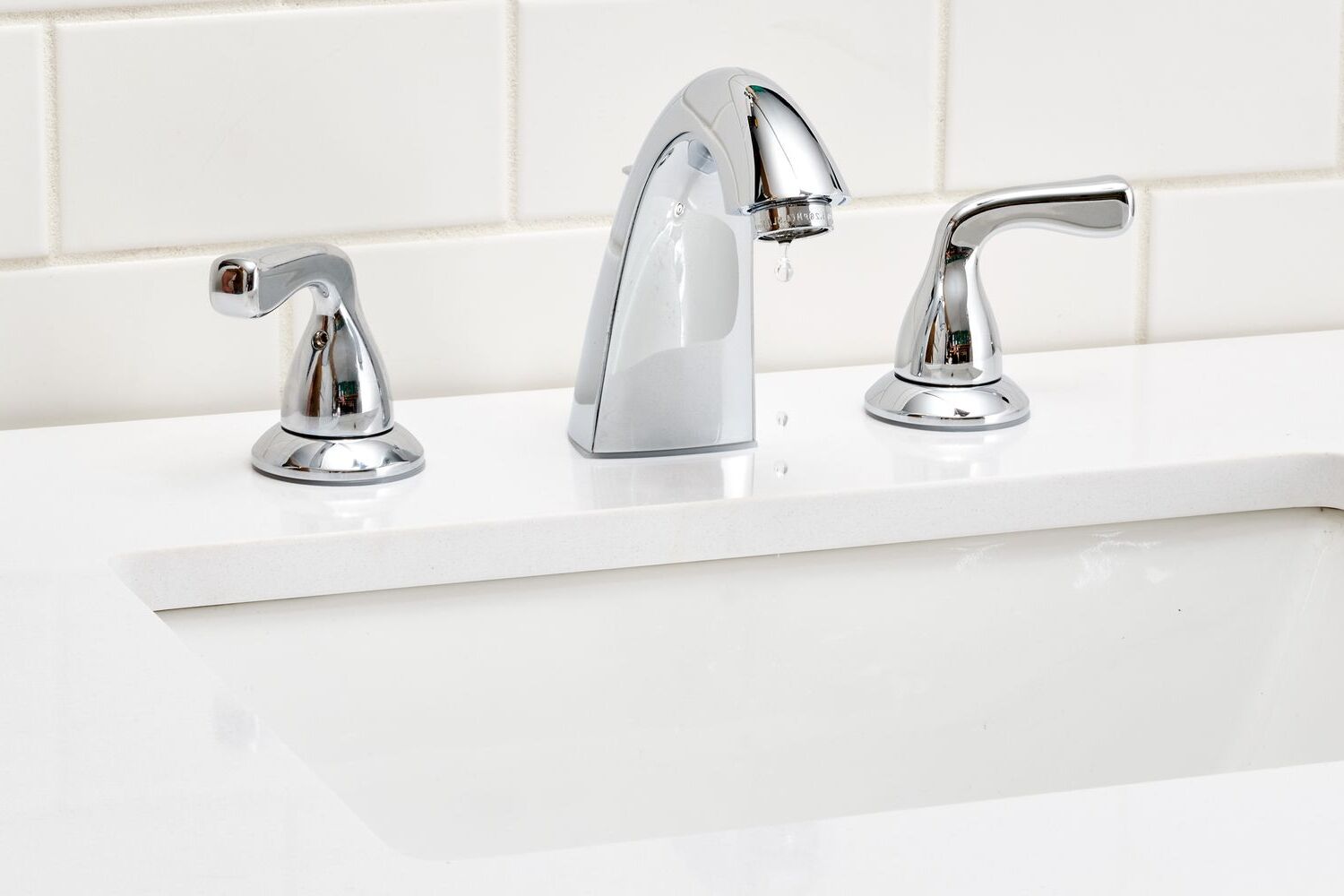
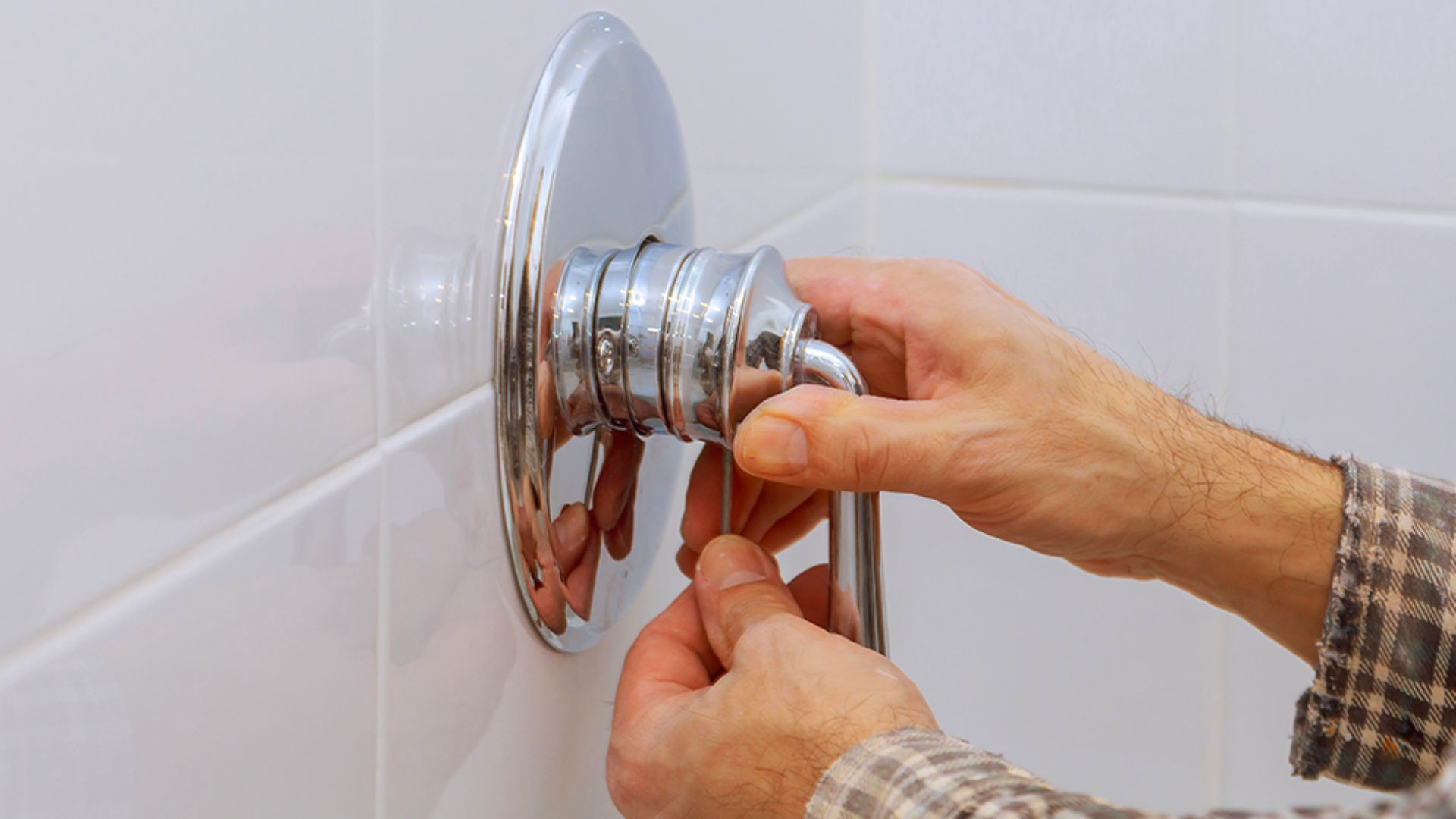
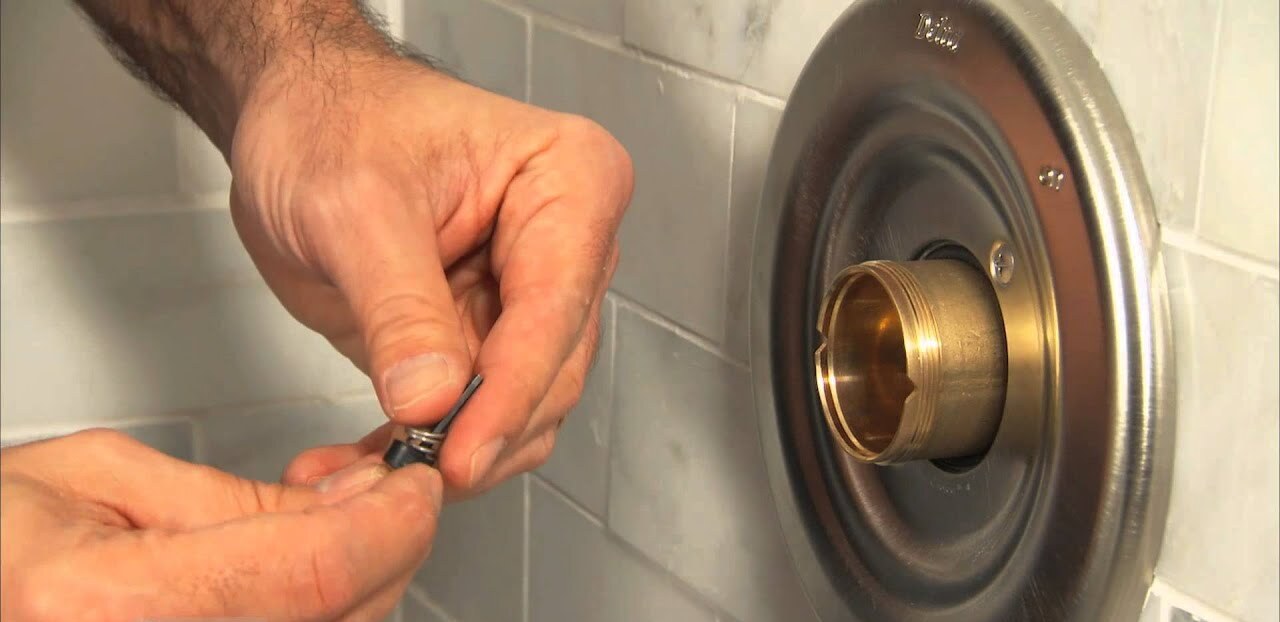
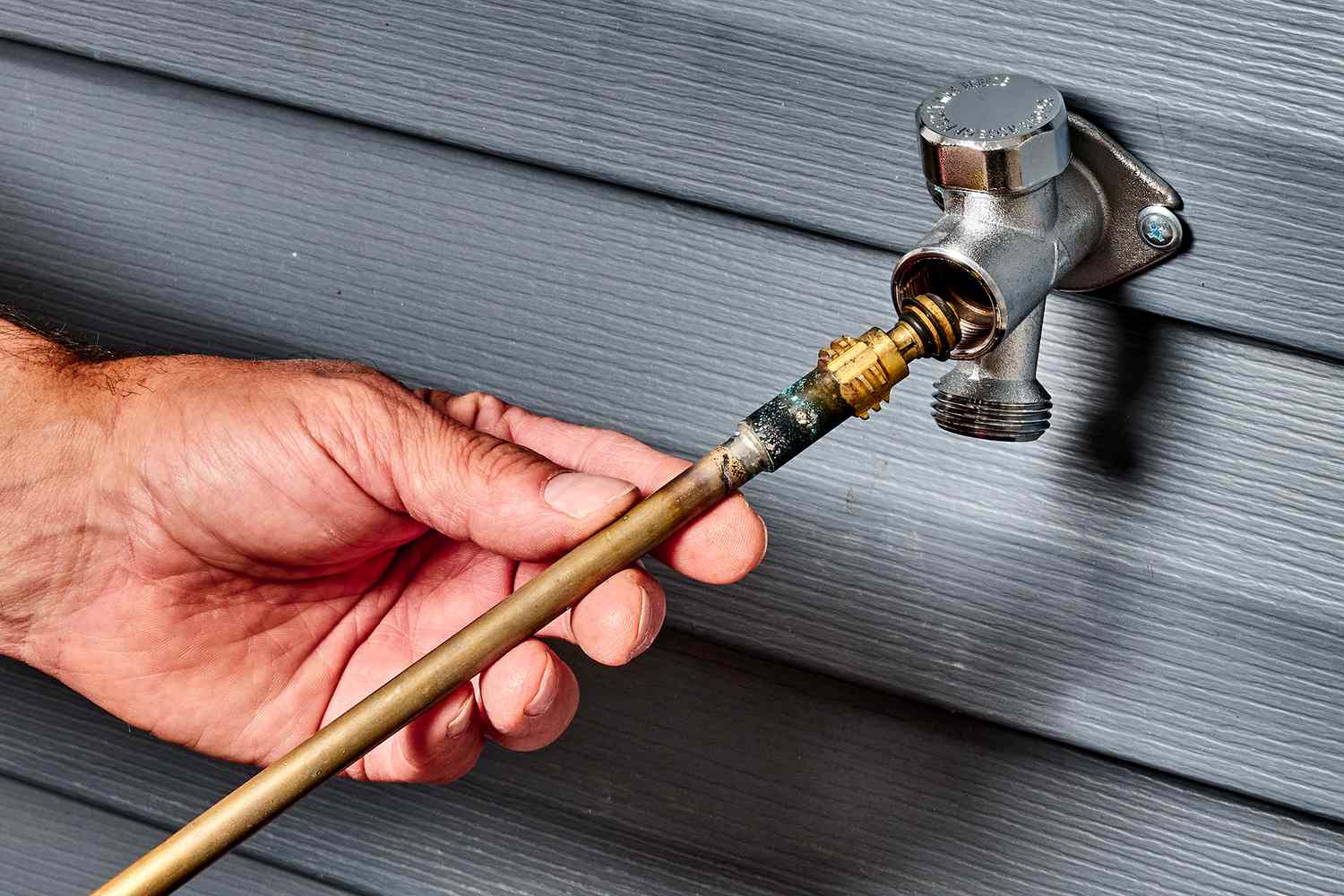
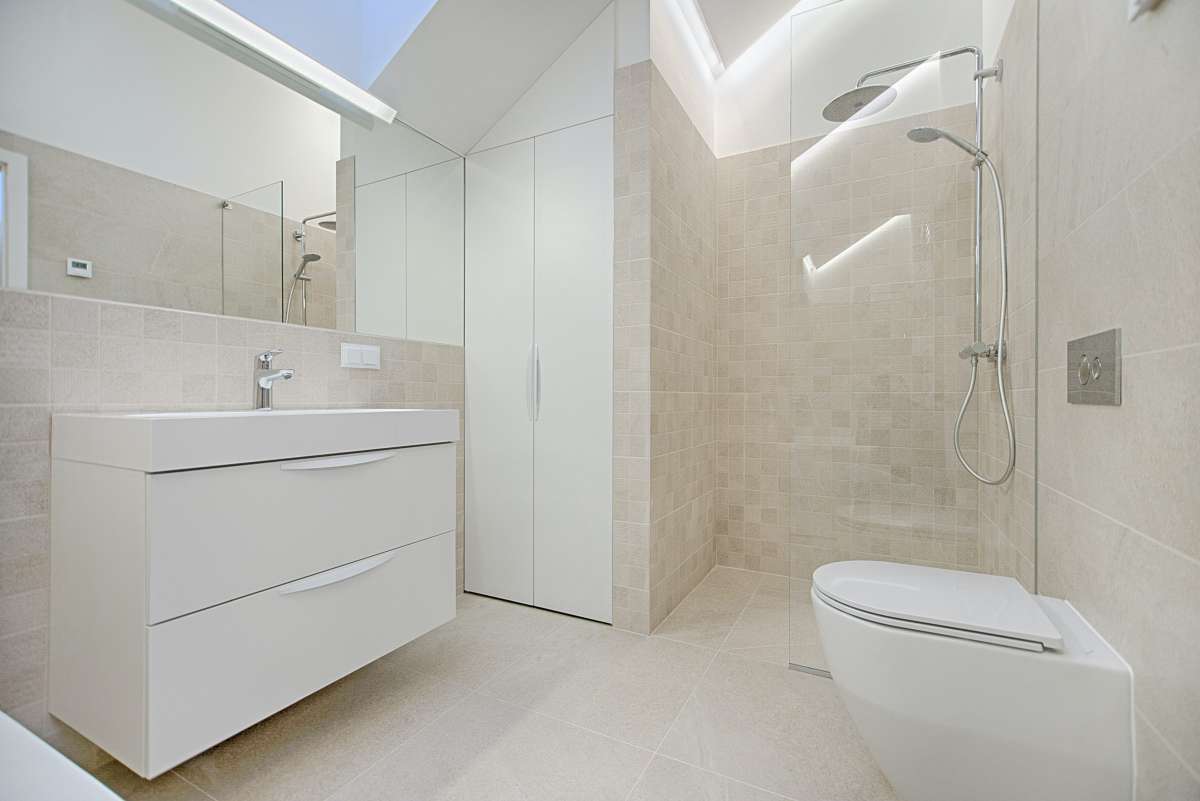
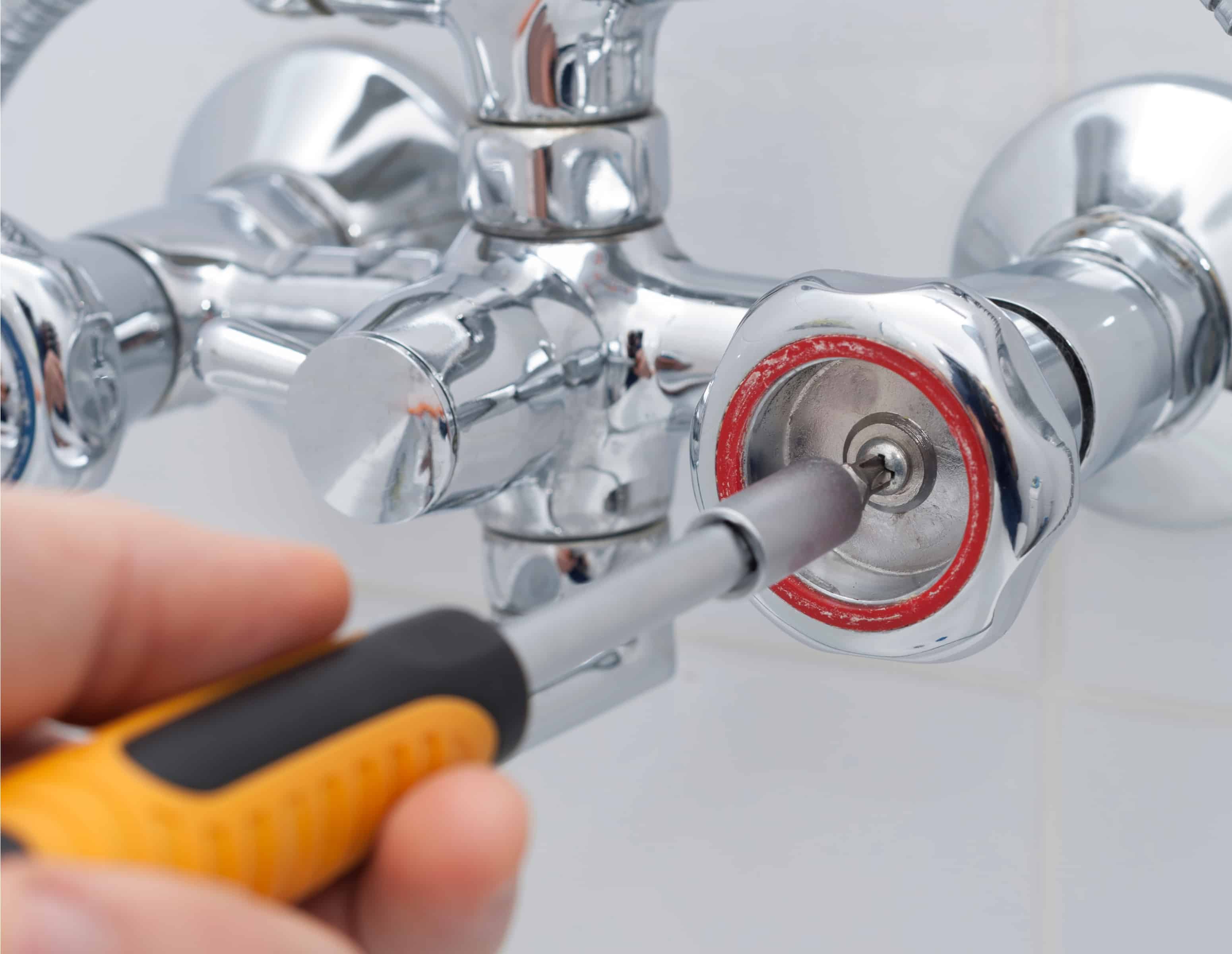
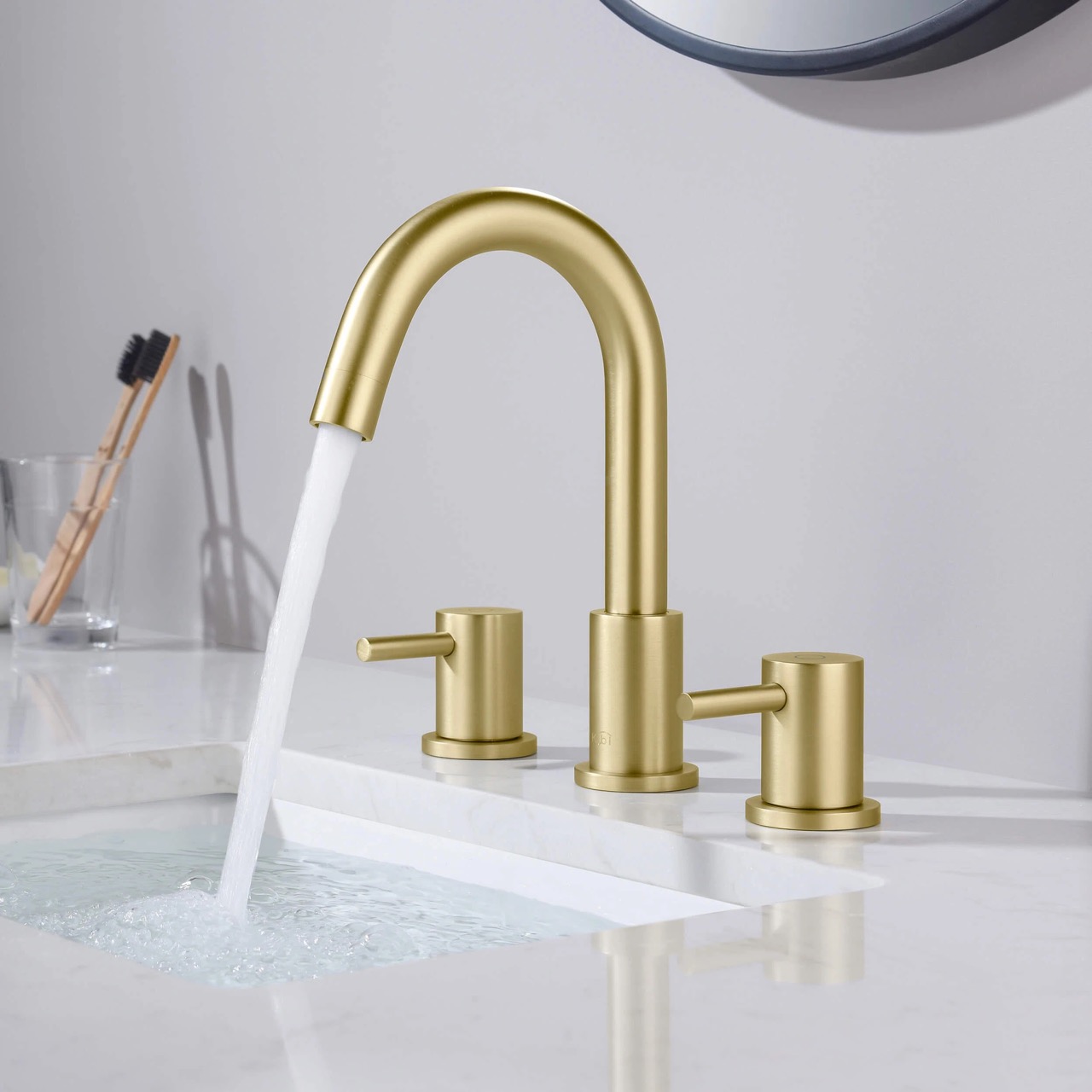

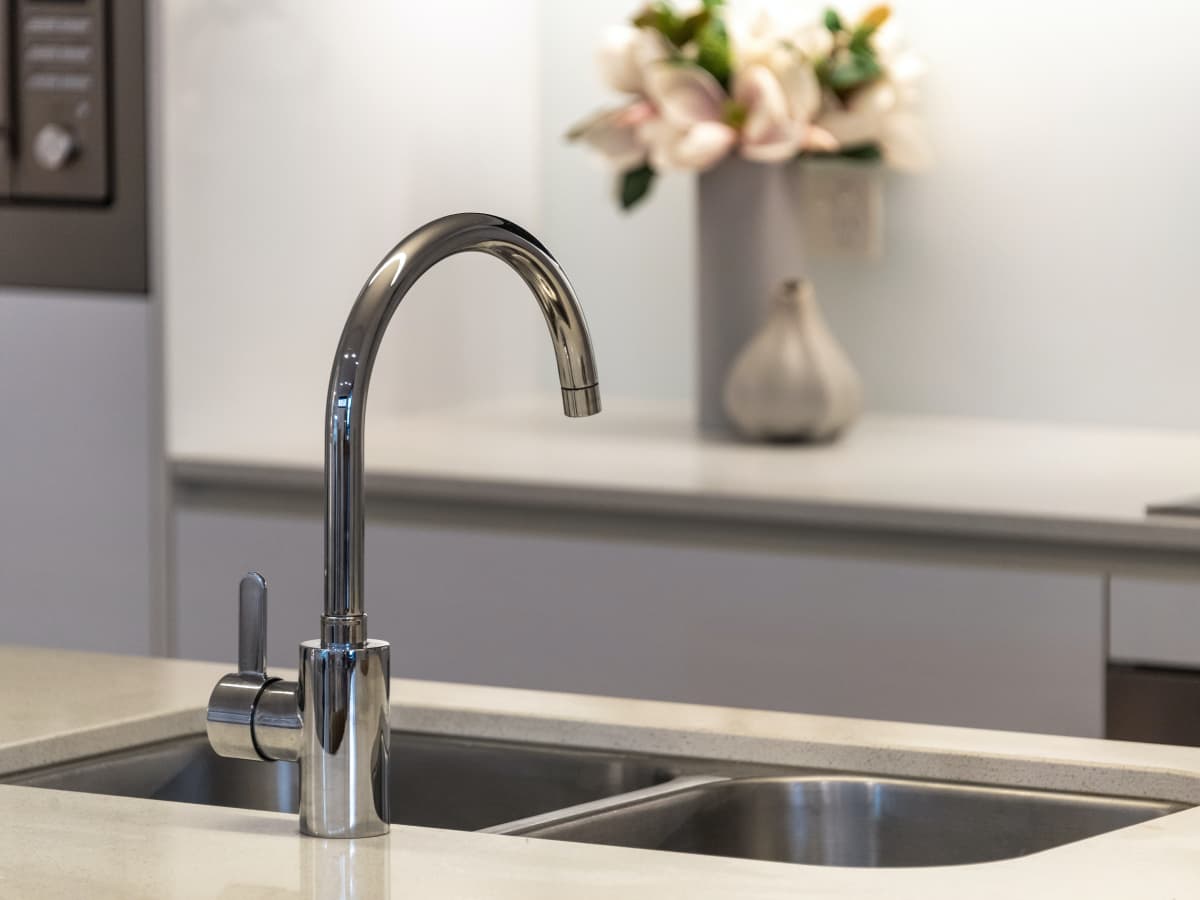

0 thoughts on “How To Repair A Design House Bathroom Faucet That Is Leaking”